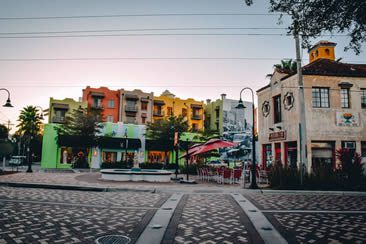Florence is a Renaissance city; there’s no getting around that fact. Narrow cobbled streets wind their way from the banks of the Arno to the Piazzo del Duomo, where one of the most impressive feats of 15th century engineering and design still stands; as imposing as when first completed in 1426. It is a city of art, architecture, learning and design — making it the ideal city to host the G7 of culture, which is exactly what it did recently.
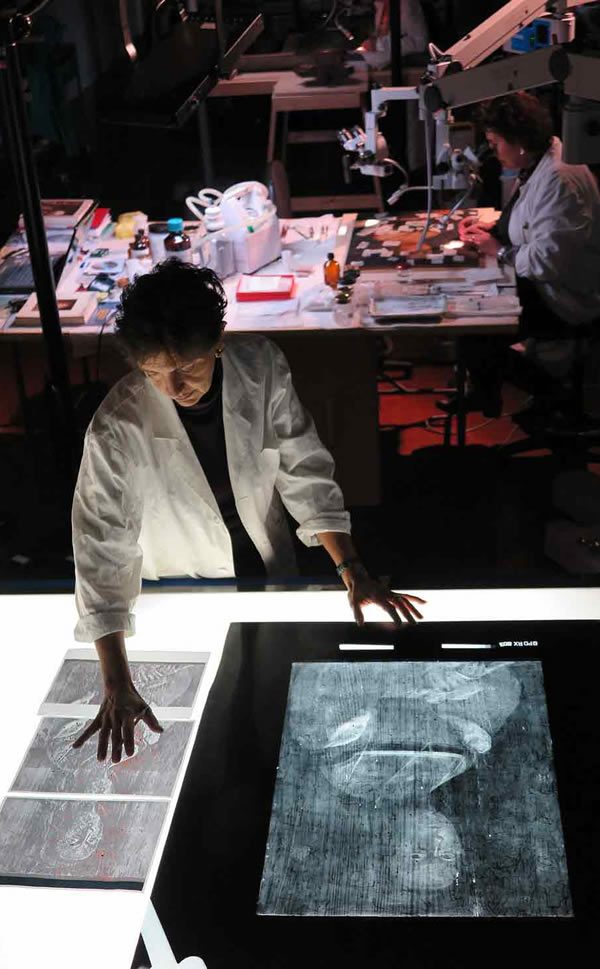
Opificio delle Pietre Dure
A meeting of international culture ministers from Canada, the U.S., Britain and Germany, amongst others, the cultural arm of the G7 work together on the restoration of great works of art, and how to make the past relevant in the present. As great minds of art preservation rolled into Florence, so too did We Heart, looking to understand the importance the past on our contemporary now.
Florence is not only home to some of the finest artworks in the world but also the finest art restoration laboratories, the Opificio delle Pietre Dure. Incredible work has been done at the restoration centre including unmasking new figures in Leonardo da Vinci’s unfinished masterpiece, Adoration of the Magi, hidden under layers of heavy varnish for centuries. This restoration centre is a vital project, not only in the city of Florence — which is know for frequent floods capable of devastating priceless works of art — but also for the world as a whole, as we hope to preserve our cultural past for generations to come.
The important work done by the Opificio delle Pietre Dure can be seen throughout Florence. A trip to the Opera di Santa Croce displays first-hand the restoration work completed on some of the most important pieces damaged by the last flood in the 1960s.
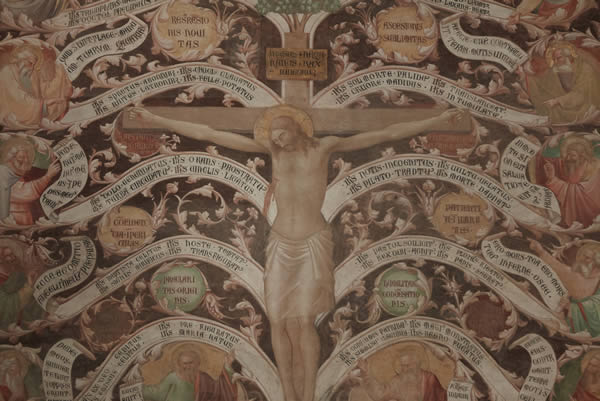
L’Albero della Vita, Taddeo Gaddi
Decades of painstaking work has allowed us to continue to be inspired by the 12th century murals of Taddeo Gaddi; Ciambue’s Crucifix; and Vasari’s Last Supper, put on exhibit last year after 50 years of restoration work. Villa Pietra, once home to the Anglo-Florentine Acton family, has undergone extensive restoration by New York University in partnership with the Opificio delle Pietre Dure where students can join in on special projects. This has allowed NYU to maintain the Villa exactly as it was the day the Acton’s left; preserving a glimpse into a past that impacts our now.
It’s not only the restoration work that is key when preserving cultural heritage but, as the G7 of Culture aims to promote, the collaboration between countries to make sure it is passed on to the next generations.
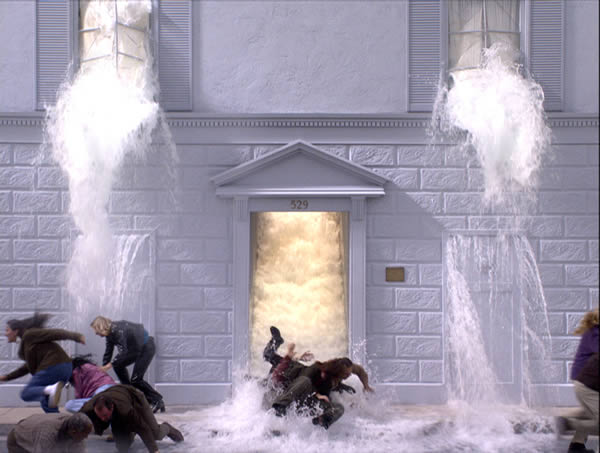
The Deluge (Going Forth By Day), Bill Viola, 2002
36’. Panel 3 of 5 panels from Going Forth By Day (2002). Video/Sound installation. High-Definition color video projected onto wall in dark room; stereo sound and subwoofer 370 x 488 cm. Courtesy Bill Viola Studio
A visit to the home of Rodolfo Siveiro reminds visitors of the cultural importance of specific pieces to each nation. Siveiro worked tirelessly after the Second World War to repatriate stolen works of Italian art; his past as a spy lent him the name of ‘the James Bond of the art world’, and highlights the role international diplomacy has to play in art preservation.
The concept of cultural heritage preservation is not a new one, and can often feel removed from 21st century life. The curators at Plazzo Strozzi have attempted to bridge this gap by hosting a new collection by video artist Bill Viola, Electronic Renaissance.
Viola was heavily influenced by his time spent as a student in Florence in the ’70s, and returned to the themes of the city again and again in his work. In Electronic Renaissance, Viola takes inspiration and modernises Renaissance works of art, capturing their essence in video form, bringing them to life and up to date. His videos are juxtaposed by the works which inspired him, allowing us to connect to the past and feel that these masterpieces are relevant today. The Viola exhibition exudes the key ideas behind the G7 of Culture; preservation isn’t enough, we have to decide why we want to preserve it, and make the process about looking forward, not getting trapped in the past.
@g7
@palazzostrozzi
@santacroceopera
@NYU_theseason
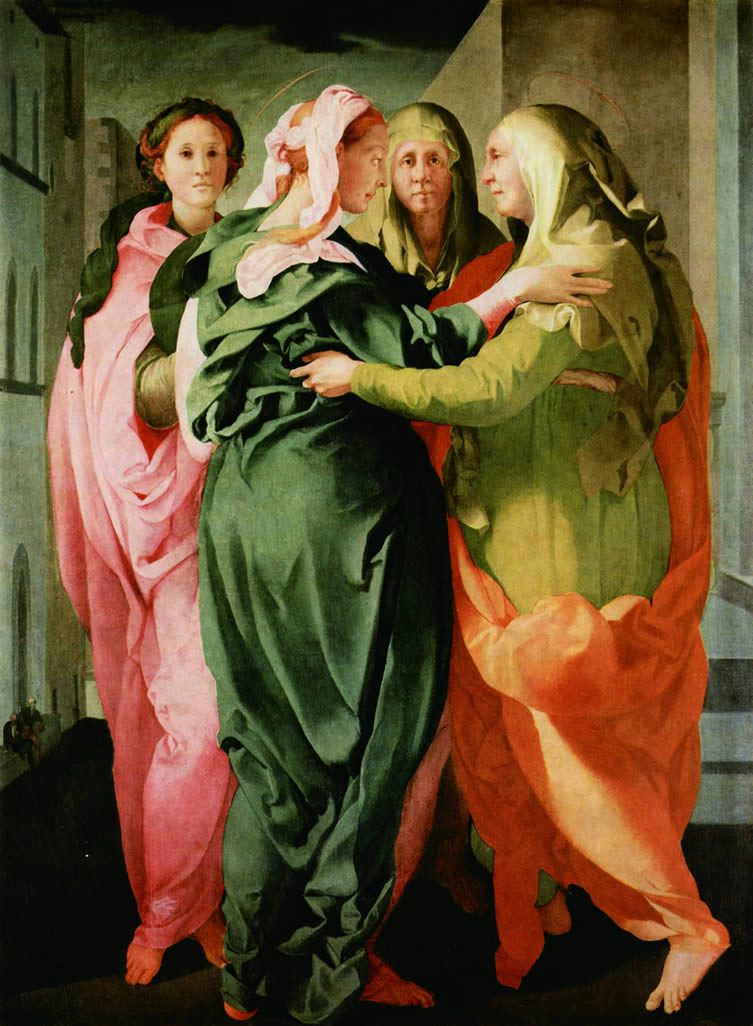
Visitation, Pontormo (Jacopo Carrucci; Pontorme, Empoli 1494–Florence
1557), c. 1528–9. oil on board, 207 x 159.4 cm.
Carmignano, Pieve di San Michele Arcangelo
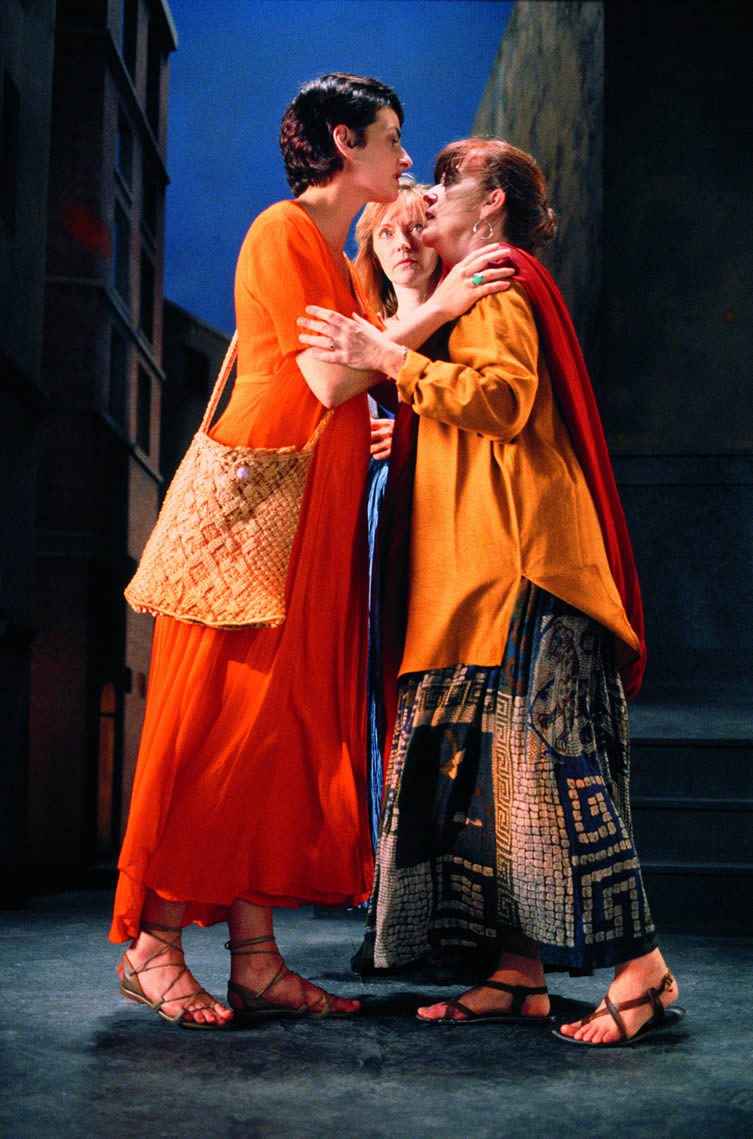
The Greeting, Bill Viola, 1995. 10’22”. Video/Sound Installation. Color video projection on large vertical screen mounted on wall in darkened space; amplified stereo sound. Performers: Angela Black, Suzanne Peters, Bonnie Snyder 280 x 240 cm. Courtesy Bill Viola Studio
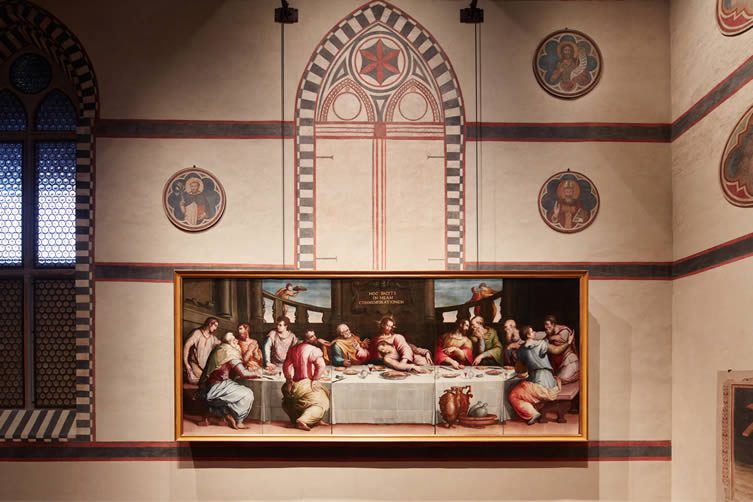
Giorgio Vasari’s Last Supper (1543)
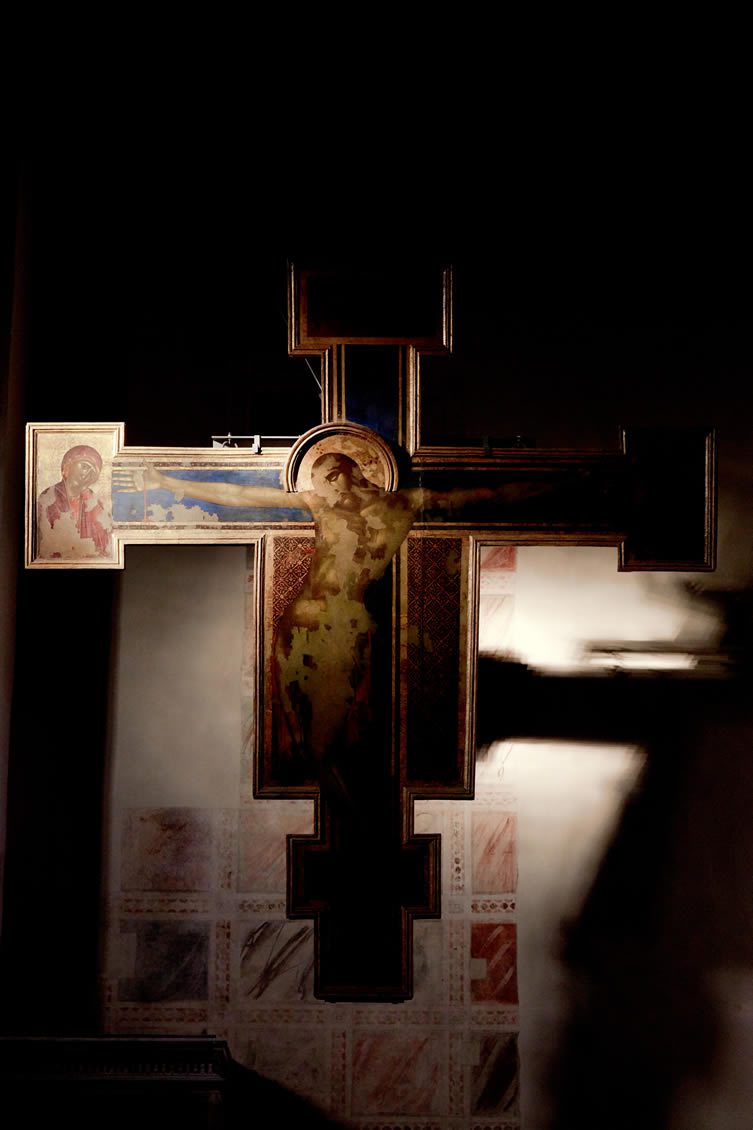
Cimabue, Crucifix
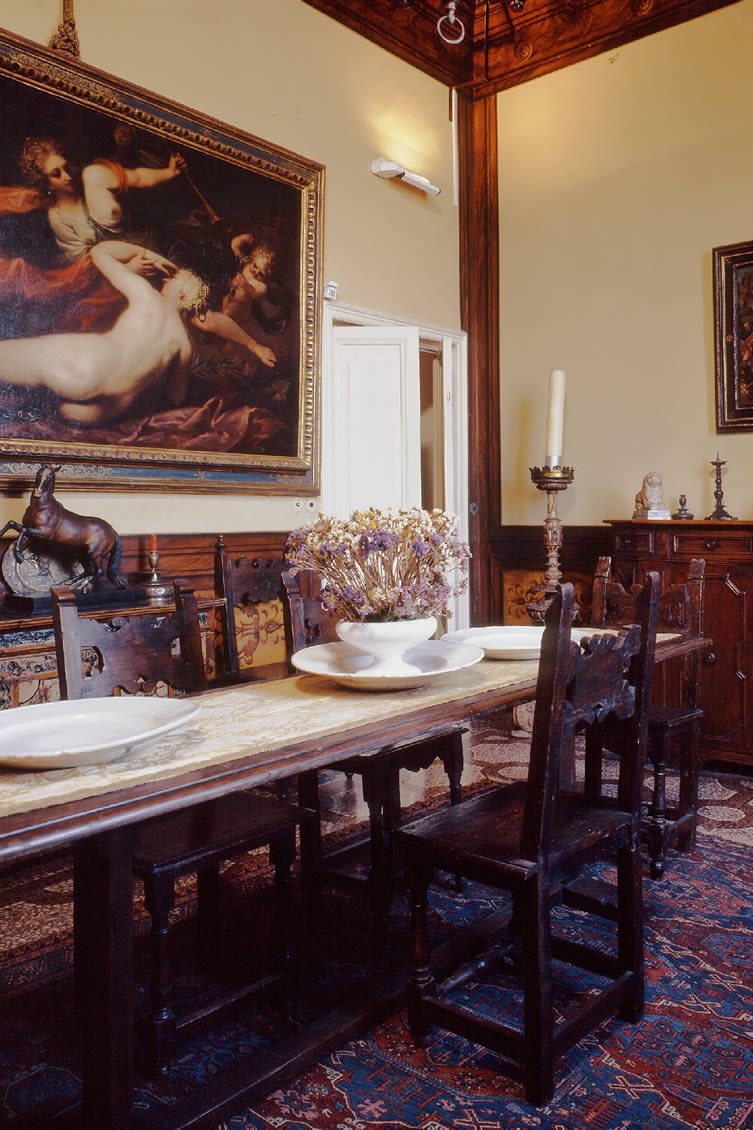
Casa Siviero (home of Rodolfo Siveiro)
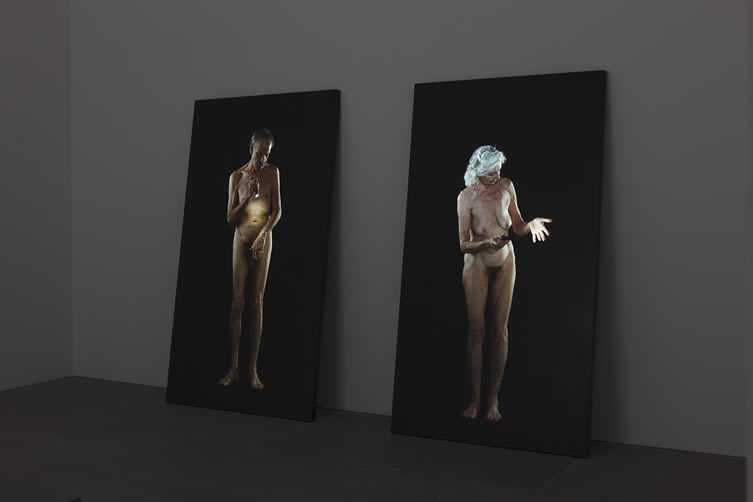
Man Searching for Immortality/Woman Searching for Eternity, Bill Viola, 2013
18’54”. Video installation. Color High-Definition video diptych projected on large vertical slabs of black granite leaning on wall
Performers: Luis Accinelli, Penelope Safranek, 227 x 128 x 5 cm each. Courtesy Bill Viola Studio and Blain
Southern, London
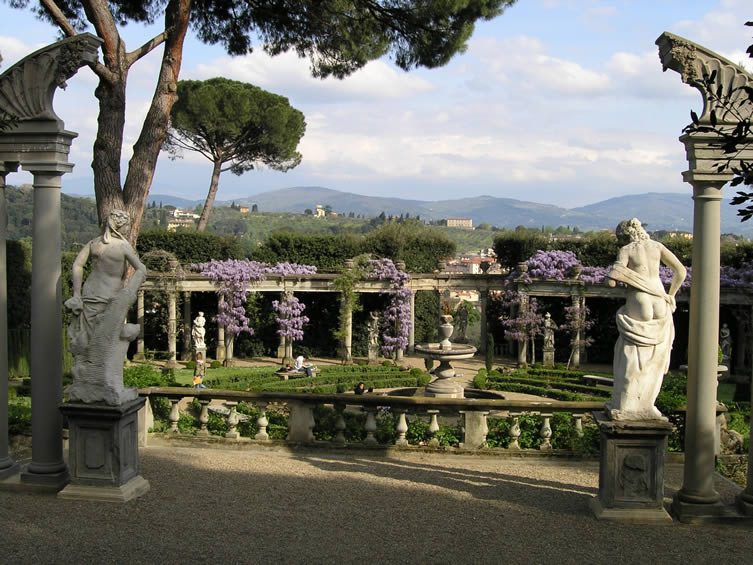
Villa La Pietra
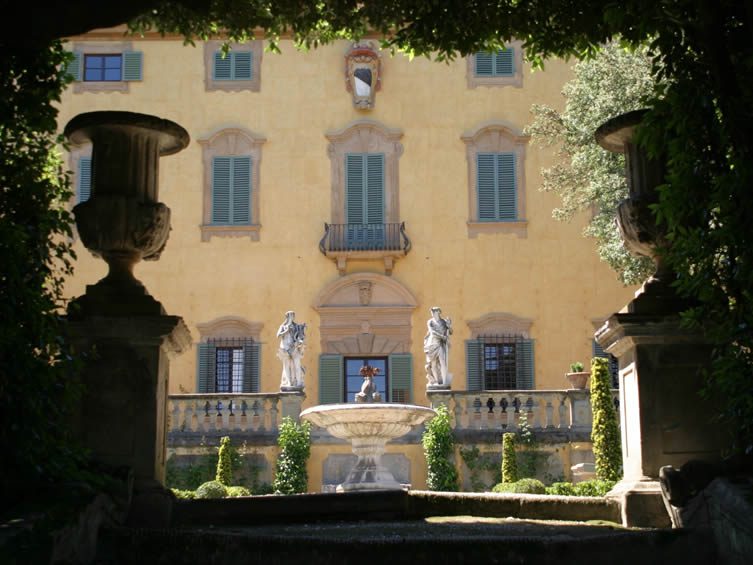
Villa La Pietra

